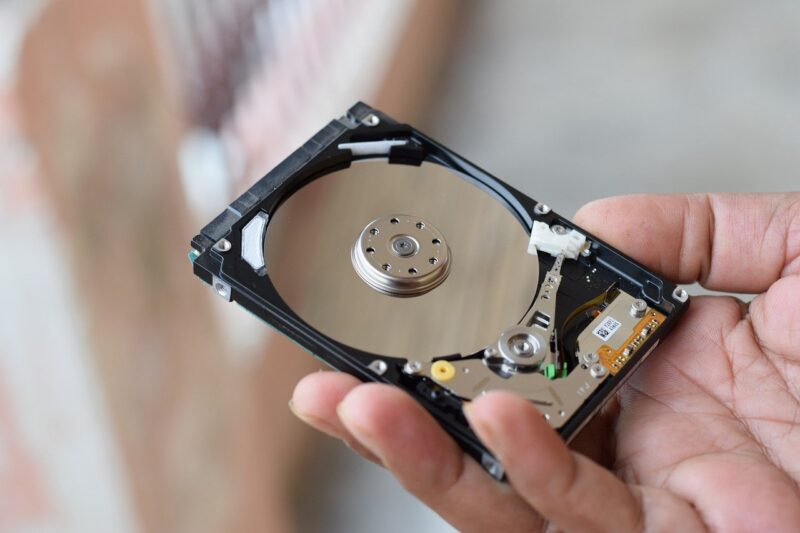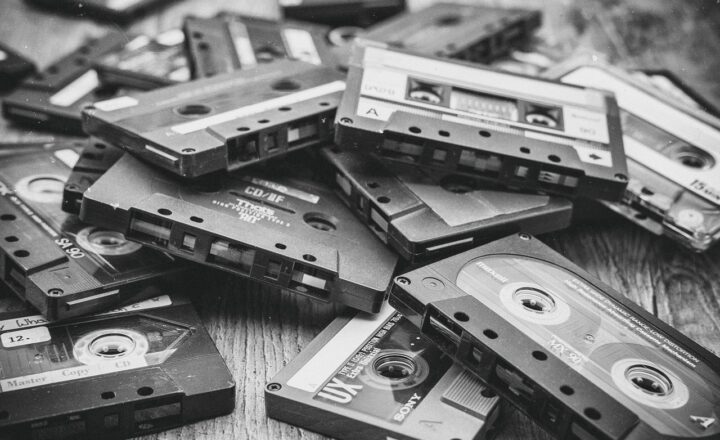The Best Ways to Preserve and Protect Your Collection for Future Generations
November 13, 2024

Collecting items can be a rewarding hobby, but ensuring that your cherished collection stands the test of time is equally crucial. Whether you’re an avid collector of stamps, coins, vintage toys, or fine art, the preservation of your collection contributes not only to its value but also to the joy it brings for generations to come. In this article, we’ll explore the best strategies and techniques to preserve and protect your collection, ensuring that it remains intact and appreciated by future generations.
1. Understand the Nature of Your Collection
Before embarking on preservation techniques, it’s essential to understand what you’re working with. Different materials require unique approaches for protection. Here are a few examples:
- Paper & Cardboard: Items like stamps, postcards, and comics can be sensitive to moisture and light. They may yellow over time and are prone to tearing and fading.
- Metal: Coins and metal collectibles can tarnish or corrode if not stored correctly. They’re usually susceptible to moisture and air exposure.
- Glass: Glass items such as figurines or art pieces may break or chip easily. Proper handling and cushioning during storage are vital.
- Textiles: Fabrics, whether clothing or tapestries, can fade, fray, or attract pests without proper care.
Knowing the characteristics of your collection is the first step to appropriate preservation strategies.
2. Proper Storage Techniques
The way you store your items can significantly affect their longevity. Here are some tips on storing different types of collectibles:
- Climate Control: Keep your collection in a climate-controlled environment where temperature and humidity are stable. Ideal conditions are typically around 68°F (20°C) with humidity levels between 40% to 50%. Extreme temperatures or fluctuating humidity can lead to damage such as cracking, warping, or growth of mold.
- Protective Enclosures: Invest in archival-quality storage materials. For paper goods, use acid-free sleeves and boxes. Metal coins should be stored in non-reactive holders. Use cloth bags or acid-free tissue for textiles. Glass items should be cushioned with soft material to avoid breakage.
- Avoiding Sunlight: Ultraviolet (UV) light can seriously damage many collectibles, causing colors to fade and materials to weaken. Store your items in a dark place or use UV-filtering glass for display cases.
In summary, ensure that the environment and storage you choose actively protect your treasures from common threats.
3. Handling Best Practices
Handling your collectibles with care is crucial. Implementing the right techniques will help prevent damage:
- Clean Hands: Always wash your hands or wear gloves before handling items, particularly paper and textiles, to avoid oils from your skin transferring onto the material.
- Use Proper Tools: Utilize tools such as soft brushes for dusting or specialized tools designed for specific types of collectibles. Avoid using water or cleaners unless you know they are safe for your items.
- Store Appropriately: When placing items back into storage, be mindful of how they’re organized. Stack items delicately to avoid pressure points, and where possible, keep heavier items at the bottom of storage units.
Following these best practices will minimize the risk of accidental damage during routine handling.
4. Regular Assessment and Documentation
Regularly assessing the condition of your collection will help catch any potential problems early. Here’s how:
- Create an Inventory: Document each item in your collection, including purchase history, physical condition, and any previous restoration work.
- Photograph Items: Take detailed photographs for your records. This will help track changes over time and can be useful for insurance purposes or for rare items that might require research or restoration in the future.
- Schedule Regular Maintenance: Set a schedule to review your collection’s condition and perform necessary maintenance, such as dusting or replacing storage materials as needed.
By conducting regular assessments and documentation, you can ensure that your collection does not suffer unnoticed damages.
5. Insurance and Appraisal
It’s always wise to protect yourself financially in case of loss or damage. Here are a couple of steps to consider:
- Get Your Collection Appraised: Having an expert appraise your collection will not only give you a clear understanding of its value but may also be required for insurance policies and legal documentation.
- Seek Insurance Coverage: Look into specialized insurance plans for collectors. General homeowners’ insurance may not cover collectibles adequately. Ensure you have sufficient coverage to protect against loss, theft, or damage.
An appraisal and appropriate insurance offer peace of mind and financial security for your beloved items.
Conclusion
Collecting is not just a hobby—it’s a passion that connects you to past eras, cultures, and communities. By employing proper preservation and protection strategies, you’re safeguarding these invaluable pieces of history for future generations. From understanding your collection and utilizing proper storage techniques to implementing best handling practices, maintaining an up-to-date inventory, and securing insurance, every measure you take enhances the longevity of your treasures. With time, diligence, and care, you can ensure that your collection will remain cherished and admired for generations to come.
Take the steps today to preserve your passion for tomorrow’s generations.






